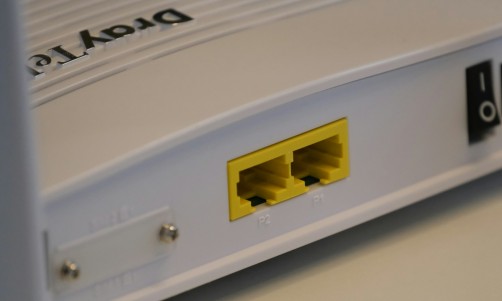Earlier this week, NASA broadcast its Chandra X-ray Observatory had found numerous of black holes, and released an image of the highest contrast of supermassive black holes ever seen. At the just-concluded 229th meeting of the American Astronomical Society (AAS), the gigantic matters were in focus again Saturday when researchers broadcast the discovery of two supermassive black holes fairly close to our own galaxy.
Using NASA's Nuclear Spectroscopic Telescope Array (NuSTAR), two research teams focused on two different galaxies angles: IC 3639, which is 170 million light-years away, and NGC 1448, which is only 38 million light-years from Earth. These are much closer than the supermassive black holes seen in the Chandra images, many of which date back to on or before the Big Bang.
"These black holes are close to the Milky Way, but they have remained rested from us until now. They're like monsters beating under your bed," Ady Annuar, a graduate student at Durham University in the United Kingdom, who submitted the results at the AAS meeting in Grapevine, Texas, said in an account.
The two supermassive black holes revealed are at the center of, and power, tremendously bright objects - in the same class as quasars and blazars - called active galactic nuclei. These matters are so bright due to the radiation across the full electromagnetic spectrum produced by particles that become hot in the areas near the black hole. But they are supposed to be surrounded by a doughnut-shaped gathering of thick gas and dust which makes them unseen from certain angles.
"Just as we can't see the sun on a gloomy day, we can't directly see how bright these active galactic nuclei really are since of all of the gas and dust nearby the central engine," Peter Boorman, a graduate student at the University of Southampton in the U. K. who led the IC 3639 study, said in the report.
The team led by Annuar studied NGC 1448 and found that the neighboring galaxy also has a large inhabitant of young stars that are just about 5 million years old which recommends that the galaxy is creating new stars even as the supermassive black hole at its center is nourishing on gas and dust.
"It is stirring to use the power of NuSTAR to get vital, unique information on these space elements, even in our cosmic courtyard where they can be studied in detail," said Daniel Stern, NuSTAR project scientist at NASA's Jet Propulsion Laboratory, Pasadena, California.














